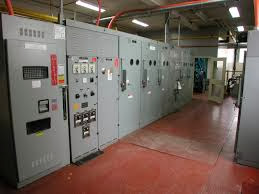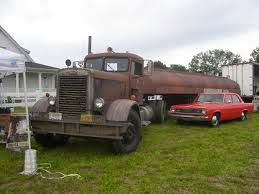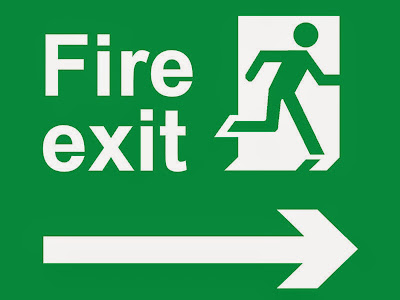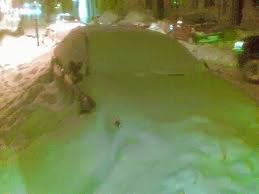 |
| Electrical Powerboards Safety Guidelines |
The state fire brigades and emergency services are frequently reminding consumers to use powerboards safely. In fact, many house fires are caused by the misuse of powerboards by people overloading them and exceeding the manufacturers recommended rating.
The wide utilisation of powerboards in homes confirms people's reliance on these devices. You will find most people unaware of the risks of power boards if used incorrectly. Electricity has the potential to kill people if proper care isn't adhered to, hence the reason why some simple steps should be followed when connecting electrical appliances to powerboards.
Manufacturers of power boards will design their products to meet the electrical power rating of a country's existing voltage and current rating. Often people will overload the powerboards with too many devices, for example, when connecting the electric heater, computer and its interconnected peripheral devices will at times exceed the recommended safety rating of a power board. Since heaters can draw big currents such as 3.6Amps at times. Therefore it doesn't take much for the powerboard rating to be reached.
Modern computers are packed with so many resources each drawing their own current, greedily consuming the available power. For example, the PCs internal power supply wattage has steadily increased over the years to cope.
While most people wouldn't realise the unseen risks they create when overloading power boards and not having adequate overload protection. Ensure your powerboard has good ventilation nearby and not covered-up causing unnecessary heat build-up.
People will try to charge their Bluetooth devices via the computer's USB socket, however at times the PC hasn't enough power to do so, i.e. iPad will often not recharge via a PC USB because of limited power available for recharging purposes. Therefore charge the device via the adapter supplied by Apple to a suitable power outlet.
Safety guidelines:
Don't
Do not overload the powerboard with too many big current consuming electrical appliances, for example, heaters draw big current
Do not exceed the manufacturer's voltage and current rating, for example 10Amps and 240V
Do not use double adaptors on the powerboard
Do not position the powerboard in hot areas, for example, avoid placing near heater and sunny hot glass window
Do not join or interconnect powerboards together, for example, no daisy-chains
Do not use a thinner extension cable before powerboard
Do not locate near water or moisture
Do
Keep adequate ventilation near powerboards to reduce heat build-up
Keep young children away and out of reach
Check rating of the electrical appliances before connection to powerboards
Ensure the combined total Amps (current) consumption of appliances doesn't exceed the Amps (current) of the powerboard
Buy a powerboard with overload protection and surge protection
Buy powerboards with individually switched outlets and wide spacing for power packs
Visually and physically inspect powerboards for damage regularly
Turn off appliances at powerboard and power point switch when not in use
Only use powerboards designed to meet Australian Electricity Standards
Conclusion
An important thing to know is surge protected powerboards have a short life. The surge protected powerboards actual intended purpose causes them to deteriorate overtime. Thus performing regular inspections and operating the powerboard reset button will help determine if the powerboard is due for replacement.
These easy to follow safety guidelines should be considered when dealing with electrical powerboards. If at any time you think there could be an electrical hazard keep clear and immediately contact an electrician for assistance. Remember your meter box generally is located outside of the premises, and will have a circuit breaker you can turn-off the electricity till a licensed electrician inspects the wiring.
Business owners have a responsibility to ensure their electrical equipment is regularly inspected and tested by competent people. Such as an electrician that performs inspection, testing and tagging methods.
If electrical equipment is utilised in changing conditions, for example exposure to moisture, heat, vibration, mechanical damage, corrosive chemicals or dust, a safety inspection and testing of electrical equipment is required in places of work. For more information contact the nearest Government Authority for workplace safety.
We have a full range of electrical powerboards for consumers at home and at work. Our high-end powerboards are reasonably priced for every shopper looking for protection for their important electrical equipment. Additionally, remind your family and friends to ensure they connect their computer peripherals safely.
To purchase high-quality powerboards visit our online shopping store http://www.cits.net.au/c/61/power-boards-and-server-rack-power-board-supply
For more information on electrical powerboards contact our customer support http://www.cits.net.au/contactus
Article Source: http://EzineArticles.com/8086741






